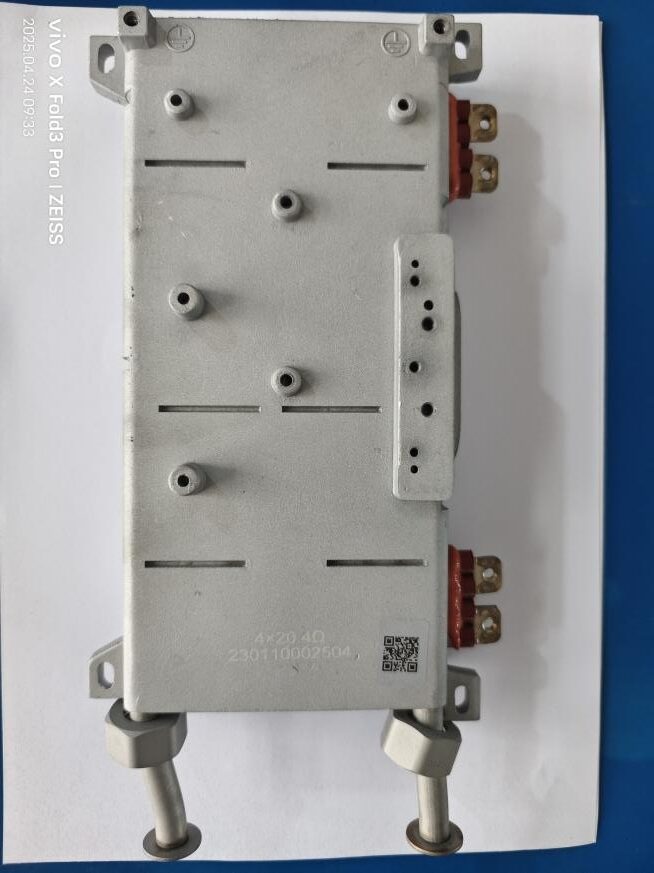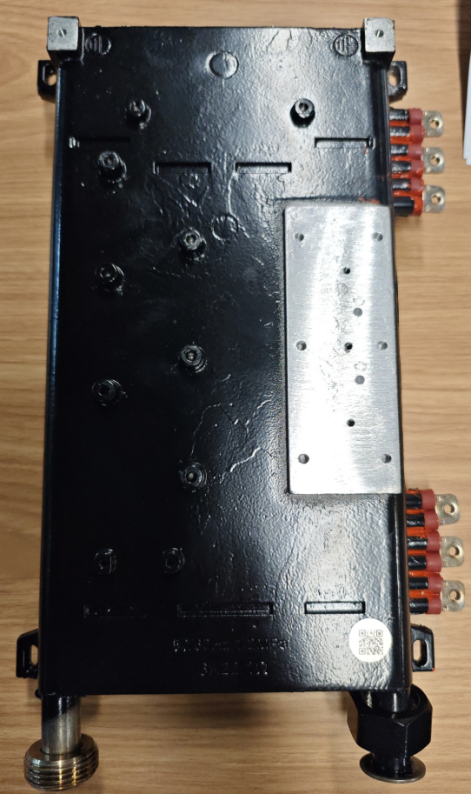Heating element Technology comparison: sandblasting VS black paint spraying
Surface treatment is critical for an electric boiler’s heat transfer efficiency, corrosion resistance, and durability of heating elements. Two commonly used methods are sandblasting and black paint spraying.
Compared with the two, which one has more significant advantages? Let’s discuss it together.
What Is Sandblasting Technology?
Sandblasting uses high-pressure abrasive particles to clean and roughen the metal surface, improving thermal conductivity and mechanical bonding. It’s a physical process, not a coating, which makes it highly durable in high-heat environments.

Advantages of Sandblasting Technology
Wear-Resistant & Heat-Resistant: No paint means no peeling—perfect for long-term, high-temperature operation.
Visually Clean and Uniform: Produces a matte metallic finish that looks professional and modern.
Faster Production Process: Fewer steps mean shorter manufacturing time and lower production cost.
Environmentally Friendly: No paint, no water, and no chemical waste. It’s a dry, clean process with minimal environmental impact.
Disadvantages of Sandblasting Technology
Requires Specialized Equipment: Needs an abrasive blasting machine and proper workspace.
Surface Texture Is Rougher: Not always ideal if a smooth surface is required for specific applications.
What Is Black Paint Spraying Technology?
Black paint spraying applies a high-temperature-resistant coating to the surface of the heating element. It enhances infrared heat radiation and improves corrosion resistance, but as a coating, it comes with limitations.

Advantages of Black Paint Spraying Technology
Boosts Radiant Heat Efficiency: Black surfaces radiate heat better, improving overall heating performance.
Corrosion Protection: The paint layer adds a barrier against moisture and chemical exposure.
Good for Low-to-Medium Temp Systems: Ideal for applications that don’t reach extreme temperatures.
Disadvantages of Black Paint Spraying Technology
Paint May Peel Over Time: Especially under high heat or in humid environments, reducing its lifespan.
Longer Manufacturing Process: Requires spraying, drying, and often baking, adding to time and labor.
Environmental Waste: Paint overspray and solvent use contribute to pollution and cleanup costs.
Conclusion: Sandblasting Technology Is the Superior Surface Treatment
When comparing sandblasting and black paint spraying, sandblasting clearly stands out for its:
- Durability
- Manufacturing efficiency
- Aesthetic finish
- Environmental friendliness
For manufacturers and buyers seeking long-lasting, high-performance heating elements, sandblasting is the preferred choice, offering better reliability and a cleaner production process.
